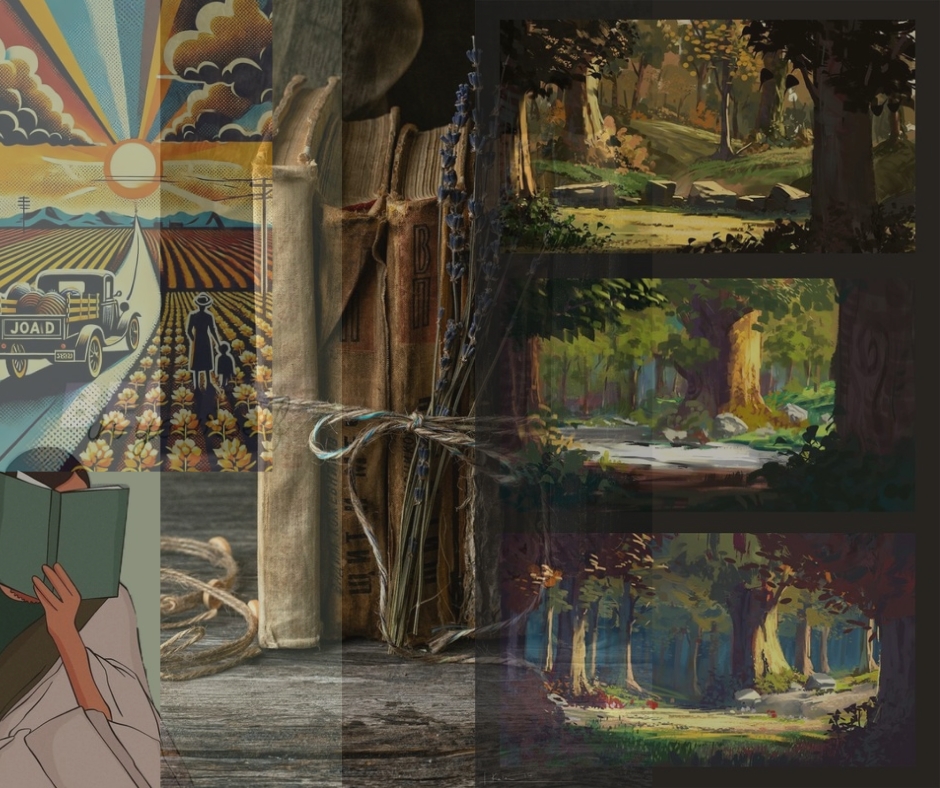Storytelling Secrets: 10 Ingredients for Writing That Wows

How to Write a Good Story: 10 Must-Have Ingredients (With Aakriti’s Writing Club!)
The school bell rang, echoing through the hallway like a starting gun. Inside Room 12B, the cozy corner classroom near the art room, a group of students gathered after school, notebooks in hand and eyes full of dreams.
Aakriti..yes, that Aakriti, the storytelling queen of the class. Stood in front of the chalkboard, grinning. “Alright, writers,” she said, “ready to cook up some killer stories?”
The kids nodded. Some were already scribbling wild ideas. Others stared at their blank pages like they were facing a boss battle.
“I’ve got this amazing idea for a story,” said Jordan, flipping his pen between his fingers. “But every time I start, it falls flat.”
“Same,” mumbled Shruti. “I begin strong, but then I get stuck in the middle.”
Aakriti clapped her hands. “That’s because a good story needs the right ingredients. Just like baking a cake. You wouldn’t toss in salt instead of sugar, right?”
A few kids giggled.
“Well,” Aakriti continued, “we’re going to go through the ten must-have ingredients for a great story. By the end of today, your stories are gonna sparkle like fireworks!”
And just like that, the Writing Club’s next mission began.
1. The Beginning Must Spark Curiosity
Aakriti drew a giant magnifying glass on the board.
“The beginning of your story,” she said, “is like a mystery box. You want readers to open it up—fast.”
Jordan raised a brow. “So... like a hook?”
“Exactly! The first scene should make your reader ask questions like: Who is this? Why are they acting weird? What’s going on?”
She wrote a sentence on the board:
“Hari stood on his roof with a kite, waiting for lightning.”
“Ooooh,” Shruti said. “Is he trying to get superpowers or something?”
“That,” Aakriti grinned, “is the power of curiosity.”
She added, “You don’t need to explain everything right away. Just start with something strange, bold, or mysterious. Give us a glimpse of what’s coming.”
2. Pacing: Your Story’s Speedometer
Next, she drew a little car.
“Pacing,” she said, “is how fast or slow your story moves. It’s what keeps your reader from getting bored... or dizzy!”
Everyone chuckled.
“When something exciting happens—like a chase or fight—use short, fast sentences. It builds energy.”
She paused. “But when your character is thinking or when you’re introducing a setting, slow it down. Use longer sentences, more detail.”
Shruti flipped to her draft. “So, like... action = fast. Emotions = slow?”
“You got it!” Aakriti gave her a thumbs up. “It’s like music. Quick beats pump you up. Slow beats make you feel things.”
3. Add Conflict and Tension—The Story Juice!
Aakriti drew a huge lightning bolt.
“Conflict,” she announced, “is what makes readers care. If everything’s perfect, it’s just... meh.”
She wrote two types on the board:
- Internal conflict = battle inside your character (fear, doubt, guilt)
- External conflict = problem from the outside (villains, disasters, tough rules)
“Your story gets juicier when your character has to struggle. Let them mess up, face hard choices, or deal with things they hate.”
Jordan looked up. “So, if my character has to steal a magic crystal—but stealing breaks his personal code—that’s conflict, right?”
“Boom!” Aakriti nodded. “Double the tension!”
4. Make the Setting Do More Than Just Sit There
Aakriti wiped the board and drew a crooked tree next to a castle.
“Setting isn’t just where the story happens,” she said. “It’s a character too.”
“Wait, what?” someone said.
“Yup,” she replied. “A haunted house should feel creepy. A busy city should make your character feel rushed or lost.”
She gave an example:
Boring: The forest was scary.
Better: The trees groaned in the wind, their bare branches scratching the sky like claws.
“Let the setting change, too,” she added. “A peaceful town can turn dangerous. A cozy attic can become a hiding place. Make your world breathe.”
5. Subplots: The Side Quests
Next, Aakriti held up a fantasy novel. “Big stories have side quests—subplots!”
“They’re like mini-stories inside your main story. They show different sides of your character.”
She listed a few examples:
- A friendship that’s falling apart
- A secret crush
- A mystery only your main character notices
“But don’t overdo it,” she warned. “One or two subplots keep things interesting. More than that and readers might get lost in the weeds.”
Shruti whispered, “So... like layers on a cake?”
“Exactly,” Aakriti winked.
6. Real Drama = Real Emotion
“Drama,” Aakriti said, “isn’t always yelling and broken windows.”
She drew a heart on the board.
“Real drama makes readers feel. Let your characters go through stuff. Let them fail. Let them change their minds. Let them feel scared, angry, proud, lonely...”
“Do I have to cry while writing?” Jordan asked, half-joking.
“If you cry, your reader might too. That’s gold,” she said.
She reminded them: “Great stories aren’t just about cool plot twists. They’re about how those twists affect people.”
7. Build Characters That Stick
Aakriti clapped her hands. “Characters are the reason readers care. Period.”
She wrote this checklist:
- They have a unique voice or style
- They make mistakes
- They have dreams or fears
- They change by the end
- Something about them stands out
Shruti said, “Mine wears 3D glasses everywhere.”
“Boom! Memorable,” Aakriti said.
“Give us someone to root for,” she added. “Or someone to hate. Just don’t make them flat or perfect. Nobody likes a cardboard hero.”
8. Don’t Let the Middle Get Mushy
Aakriti drew a roller coaster.
“See this? The middle is the big climb. Don’t let it flatten out.”
She offered tips:
- Drop a twist no one sees coming
- Introduce a new, exciting character
- Reveal a deep secret
- Let your hero fail (hard!) and get back up
“The middle,” she said, “is where your reader either leans in... or walks away. Keep raising the stakes.”
9. Dialogue That Feels Like Real Talk
“Dialogue,” Aakriti said, holding two finger puppets, “is your secret weapon.”
She gave two examples:
Meh: “I am sad and worried,” she said.
Better: She bit her lip. “Do you think it’s happening again? Like last time?”
“Let your characters speak in their voice,” she said. “Don’t use them to dump information like a robot. Use dialogue to show how they feel, what they want, or what’s changing.”
Jordan raised a finger. “So... make it sound like real people?”
“Real people—but a little better.”
10. End Like a Firework Finale
Aakriti turned the lights off for dramatic effect.
“Your ending,” she whispered, “should feel like BOOM. Not like meh.”
She listed three things a great ending does:
- Solves the big problem (or explains why it can’t be solved)
- Shows how your character has changed
- Leaves readers thinking
“Your ending can be happy, sad, mysterious, open-ended... but it must feel earned. Don’t just stop because you ran out of ideas.”
Shruti asked, “Even if I want to write a sequel?”
“Yep,” said Aakriti. “Even sequels need a solid finish.”
Final Thoughts from the Writing Queen Herself
As the meeting wrapped up and everyone scribbled final notes, Aakriti gave them a checklist—10 powerful ingredients for every story:
Spark curiosity from the first sentence
Use pacing to control excitement and emotion
- Add conflict to keep the tension high
- Make your setting come alive
- Include subplots to deepen your story
- Let drama come from real emotions
- Build unforgettable characters
- Keep the middle exciting
- Use dialogue that shows, not tells
- End with impact
“You don’t need to get it perfect,” Aakriti said. “You just need to write. Every sentence makes you better. So keep imagining, keep experimenting, and most of all—have fun.”
The bell rang again, and the club packed up.
But their stories? They were just getting started.









